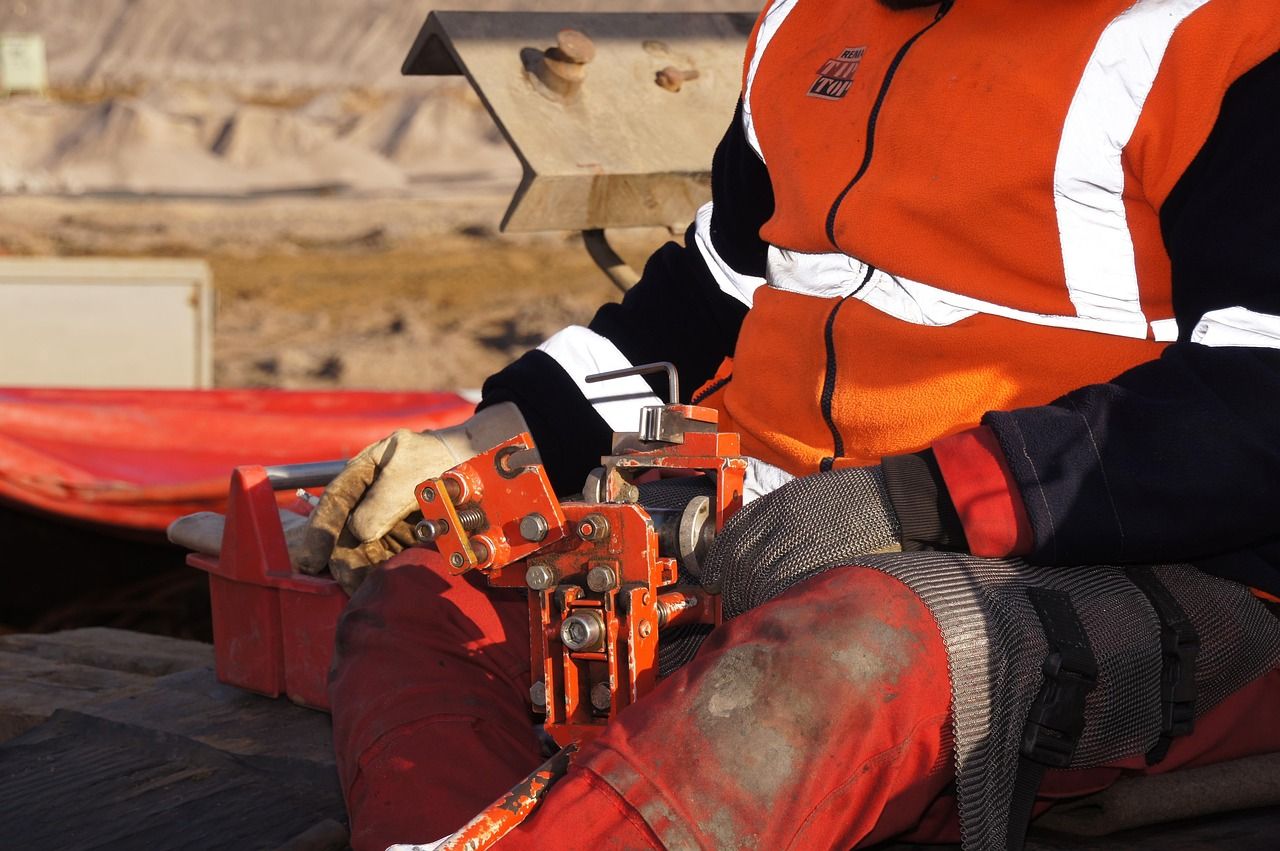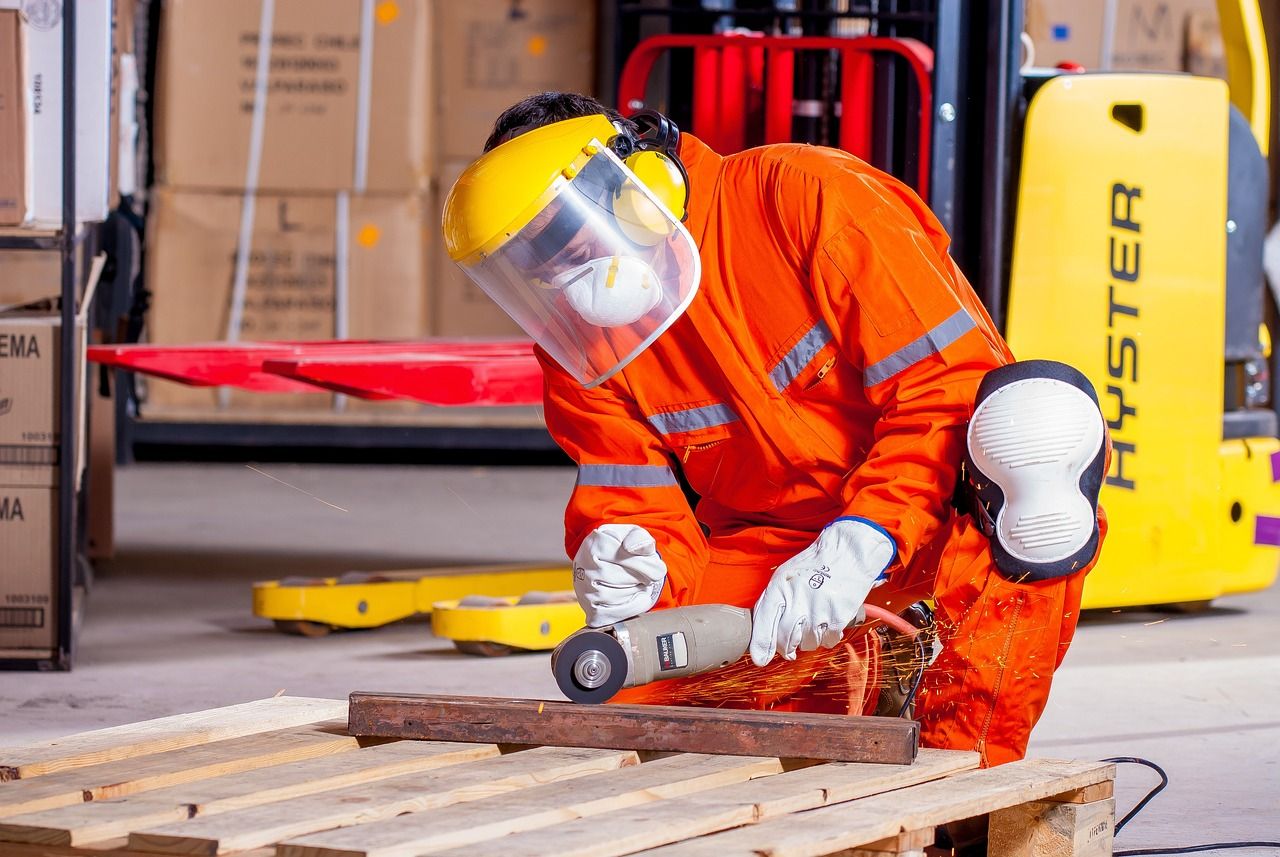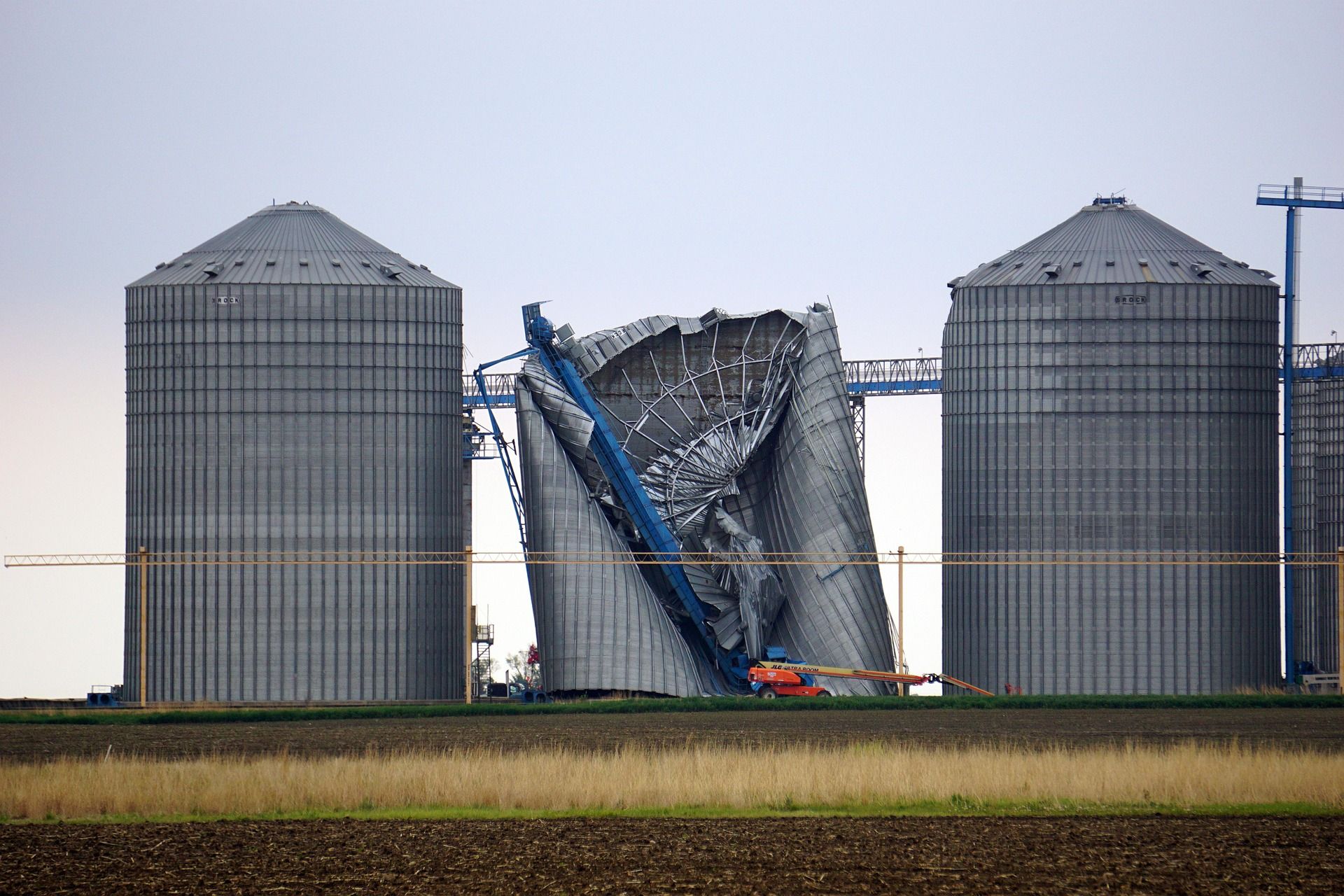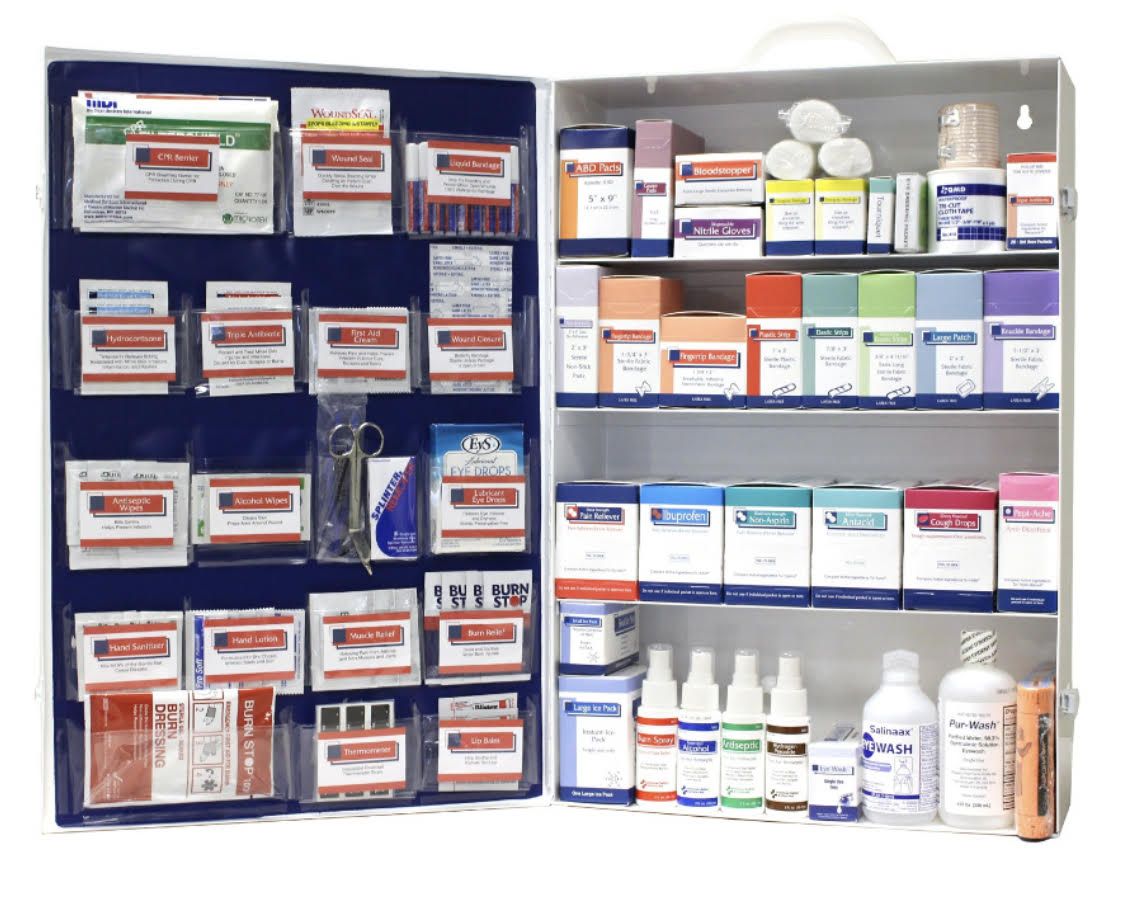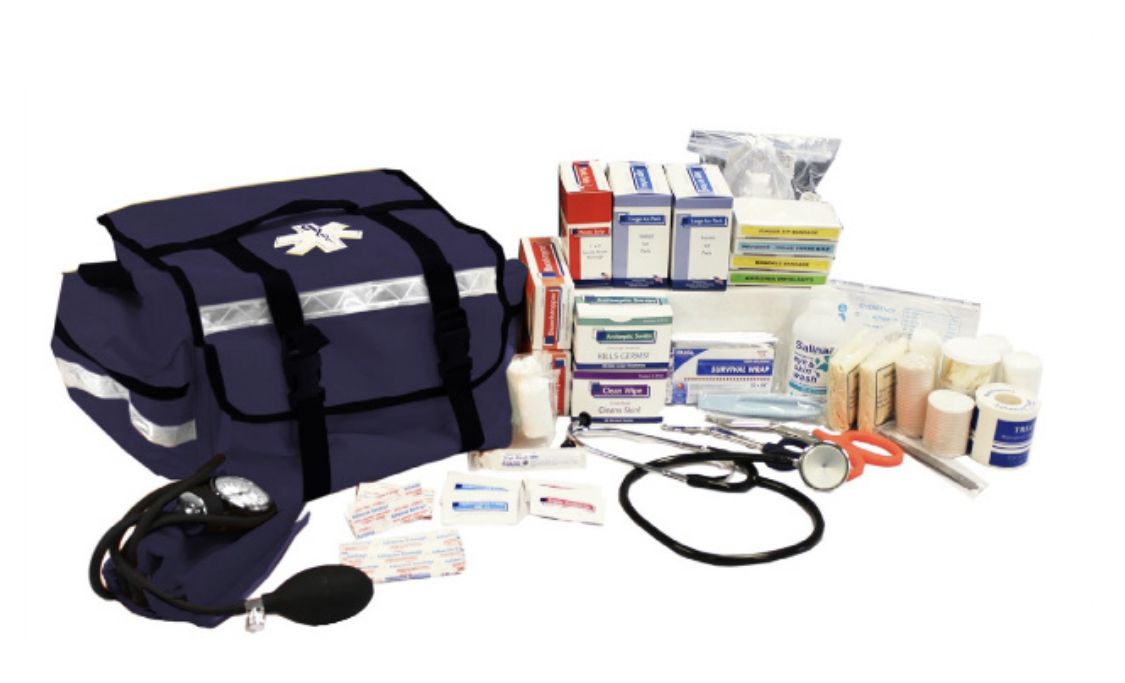Safety First Culture: Let’s Improve Your Bottom Line
Creating a Safety-First Mindset
Safety culture isn’t something you can install overnight like a new piece of equipment. It grows gradually through consistent practices, leadership example, and employee involvement. When it comes to readiness, many companies make the mistake of treating it as a regulatory box to check rather than an integral part of daily operations. Like the roots of a healthy tree, a strong culture of preparedness extends throughout your organization, providing stability and support even when challenges arise. Creating this culture requires strategic planning and consistent reinforcement.
Workplace culture represents the shared attitudes, beliefs, and practices in an organization. It shapes how seriously employees take protocols and how likely they are to intervene when they spot unsafe conditions.
Transforming your approach from compliance-focused to culture-focused safety involves several key strategies that reinforce one another.
Practical Implementation Strategies
Consider these approaches to strengthen your safety culture:
- Regular training sessions should be interactive and scenario-based, allowing employees to practice their skills in conditions similar to what they might face during a real emergency.
- Make your equipment visible with clear signage and properly stocked stations.
- Leadership must demonstrate commitment by participating in training, discussing safety in meetings, and acknowledging employees who contribute to workplace safety – actions speak as loud as emergency sirens when it comes to company priorities.
- Collect feedback from employees about hazards or unsafe conditions and preparedness, then act on those insights to show their input is valued.
Training should focus on building both competence and confidence. When employees feel equipped to handle emergencies, they’re more likely to step up when needed.
The journey toward a strong preparedness culture isn’t completed with a single training or policy update. It requires ongoing attention and reinforcement, just as maintaining physical health requires regular exercise. By making preparedness a visible, valued part of your company culture, you’ll create a workplace where safety isn’t just a policy manual gathering dust but a living practice that protects your most valuable asset – your people.

